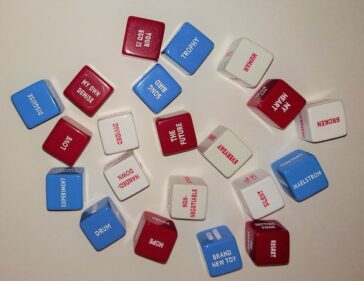Looking for a Critique Group?
Most writers will tell you that a writer’s group, or critique group, has proved indispensable to their writing success. The fellow writers in these groups offer encouragement, inspiration, valuable feedback from close readers, answers to other questions about the writing life (such as about the business end of things), a place to get beta readers for longer works and, often, friendship. I’ve been involved with writing groups for almost five decades and I have heard only from a couple of … Read More »






